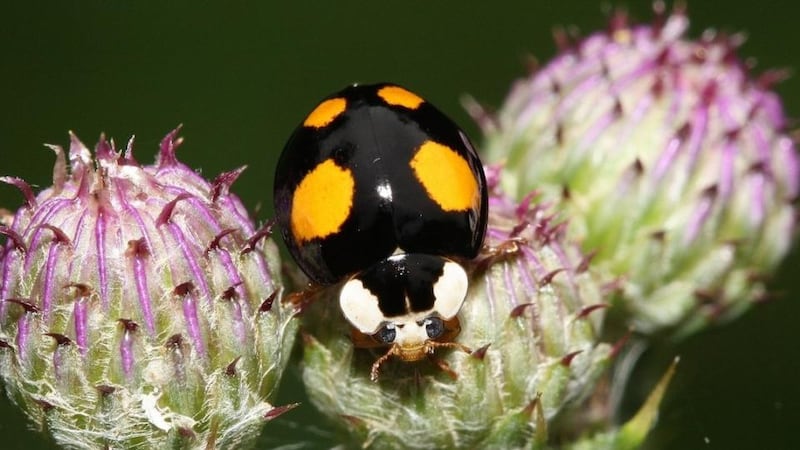The Irish Wildlife Trust (ITW) is calling on the general public to take photos of the "invasive harlequin ladybird" as part of a project to document ladybirds around Ireland.
The ITW has sent a specific appeal to people living in Dublin, Galway, Limerick and Waterford to document harlequin ladybird sightings with photos.
Gill Weyman, IWT Ladybird Survey coordinator, says the harlequin ladybird, which originated in Asia, has spread across 20 European countries and large parts of north America in recent years.

“It competes with native ladybirds for food and breeds two to three times a year, whereas other types only breed one generation,” said Ms Weyman.
She said the harlequin ladybird excretes yellow blood from its joints when attacked, leaving stains on household surfaces. The beetles are believed to have arrived in Ireland on imported flowers and fruit, although they can also travel overseas on boats.
Large numbers of harlequin ladybirds can survive the cold northern European winter temperatures by hibernating indoors and in wall cavities.
According to the IWT, the arrival of this “invasive species” is threatening native Irish ladybirds, adding there is a “huge gap” in our knowledge of ladybirds.
The ITW, in partnership with National Museums of Northern Ireland, has encouraged schools, naturalists and community groups to get involved in tracking down different species of ladybird in Ireland.
In 2012, members of the public were asked to keep their eyes open for grey squirrels, a rodent which threatens the survival of the native red squirrel. Grey squirrels compete with the red for space and food and are known to carry a pox virus which kills the native red species.
Grey squirrels are also known to damage forestry and parklands by striping the bark of trees.
The ITW asks that all wildlife enthusiasts taking part in the Ladybird Survey to download photographs onto www.biology.ie or send them to iwtladybirdsurvey@gmail.com.










